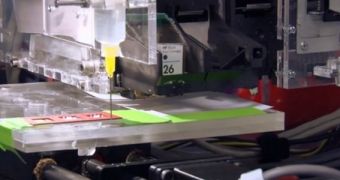Investigators at the Clemson university, led by bioengineer Karen Burg, are currently working with funds from the US National Science Foundation (NSF) to create three-dimensional structures that are capable of replicating human tissues in great detail. With these scaffolds, they hope to enable scientists to come up with personalized treatment schemes for a wide variety of diseases.
One of the most important applications for these new materials is growing various types of cells artificially. For example, researchers can now produce breast cancer cells of various types in bulks, allowing them to burn through possible treatments faster and more efficiently than ever before.
What this means for patients is that they could have cancer cell samples harvested from their bodies, which will then be used to determine the most effective therapy. In this sense, every breast cancer patient, for example, will receive a treatment tailored to the characteristics of their particular tumors.
“This work contributes to the basic understanding of how cells function and communicate with the environment in a three dimensional (3-D) tissue structure which is a challenging and unsolved problem,” explains Friedrich Srienc, who is a program director with the Directorate for Engineering at NSF.

 14 DAY TRIAL //
14 DAY TRIAL //